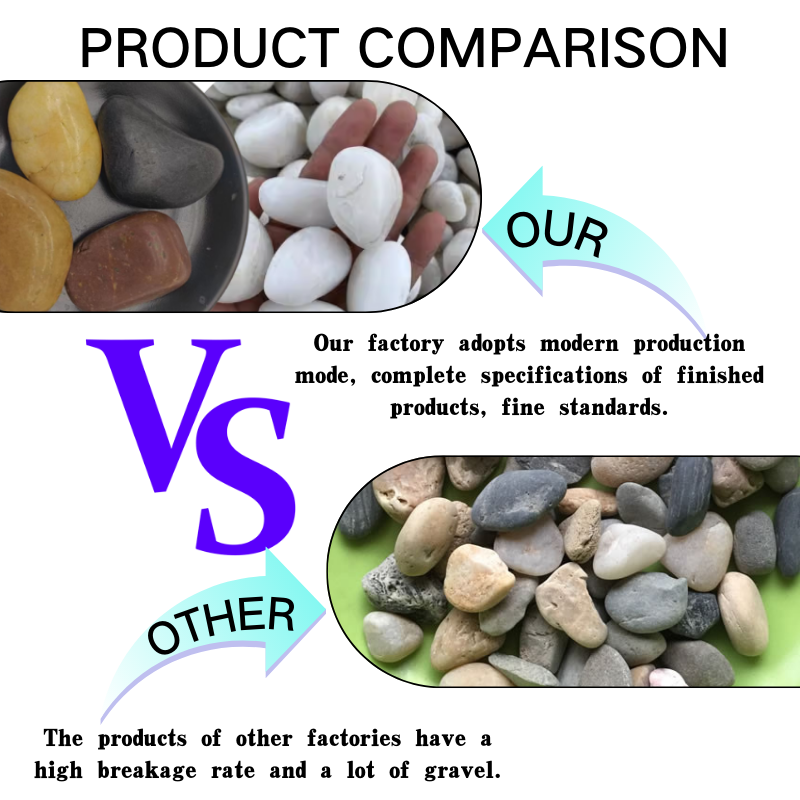
Trends and Forecasts in Black Iron Oxide Pricing and Market Dynamics
The Dynamics of Black Iron Oxide Prices An Insight into Market Trends
Black iron oxide, a naturally occurring mineral and an essential component in various industrial applications, has garnered significant attention in recent years due to its versatile properties and growing demand. As industries such as construction, paint manufacturing, and cosmetics expand, understanding the dynamics of black iron oxide prices becomes crucial for stakeholders and consumers alike.
Understanding Black Iron Oxide
Black iron oxide, or magnetite (Fe3O4), is a black powder that is prized for its pigmentary characteristics and magnetic properties. It is used extensively as a pigment in coatings, paints, plastics, as well as in the production of magnetic materials. The mineral is also used in the construction industry for producing concrete, and it serves important roles in the agriculture sector as an additive in fertilizers and soil conditioners.
Current Price Trends
In recent years, the price of black iron oxide has exhibited fluctuations influenced by various factors. As of late 2023, prices have stabilized after experiencing significant volatility earlier in the year due to supply chain disruptions. Originally spurred by the COVID-19 pandemic, these disruptions led to heightened costs in mining and transportation. However, the market has shown resilience, adjusting to the new normal as production activities resumed and logistic networks were restored.
Geopolitical factors also play a role. Countries that are major producers of iron oxide, such as China and Brazil, have navigated trade policies that can impact export capacities. Tariffs and environmental regulations can also shift the balance of supply and demand, thereby influencing prices.
Influencing Factors
black iron oxide price

Several key factors affect the pricing of black iron oxide
1. Raw Material Costs As with any mineral, the cost of obtaining raw materials directly impacts pricing. Fluctuations in the prices of iron ore can lead to changes in production costs for black iron oxide.
2. Demand from Key Industries The construction and automotive sectors, among others, are significant consumers of black iron oxide. A surge in these industries can increase demand, consequently pushing prices higher.
3. Technological Innovations Advances in production technology can lower production costs and influence prices. For instance, more efficient extraction and processing methods can enhance production capacity and lower overall costs.
4. Sustainability Trends As environmental concerns heighten, there is an increasing push towards sustainable mining practices. Companies investing in green technologies may experience higher initial costs, which could be passed on to consumers.
Conclusion
In conclusion, the price of black iron oxide is influenced by a confluence of factors ranging from raw material costs to global economic conditions. As the demand across various industries continues to evolve, stakeholders will need to keep a close watch on these trends. Understanding the complexities behind black iron oxide pricing can empower businesses to make informed decisions, ensuring they remain competitive in an ever-changing market landscape. As we move forward, the adaptability of the market and its players will be key in navigating the challenges and opportunities that lie ahead.
Share
-
Premium Pigment Supplier Custom Solutions & Bulk OrdersNewsMay.30,2025
-
Top China Slag Fly Ash Manufacturer OEM Factory SolutionsNewsMay.30,2025
-
Natural Lava Rock & Pumice for Landscaping Durable Volcanic SolutionsNewsMay.30,2025
-
Custom Micro Silica Fume Powder Manufacturers High-Purity SolutionsNewsMay.29,2025
-
Custom Mica Powder Pigment Manufacturers Vibrant Colors & Bulk OrdersNewsMay.29,2025
-
Custom Micro Silica Fume Powder Manufacturers Premium QualityNewsMay.29,2025






